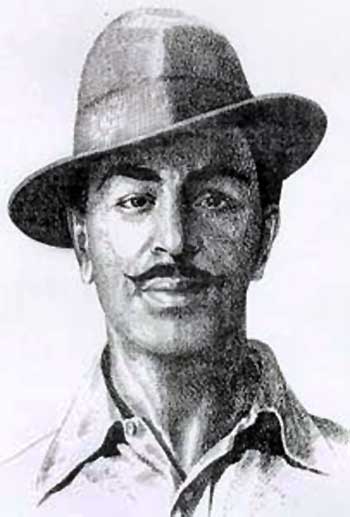


Coincidentally, all three infantry battalion Commanding Officers (COs) were Khalsas. The original battalions under 68 Brigade were left behind where they were and we were given three brand new battalions: 1 Para commanded by Lt Col Prabhjinder, 4 Rajput, headed by Lt Col Sudarshan Singh (the same battalion which had captured Point 13620 and Black Rocks in Kargil in May that year) and 19 Punjab, commanded by Lt Col Sampooran Singh. The briefing (orders) took place at Rampur, the 161 Brigade HQ. Around 18-19 August my BM (Brigade Major)-the lynchpin of a brigade who coordinates between the commander and the battalions under the brigade- told me: get ready for something bigger. We were pulled back from Gulmarg to a place called Pattan. Shamsher: “Somewhere around 14-15 August-I was just a company commander, OC of the signal company of the 68 Mountain brigade with less than three years of service-I felt some lull in the operation.

The battles of Imphal and Kohima saw the British and Indian forces, under the overall command of Lieutenant-General William Slim, repel the Japanese invasion of India and helped turned the tide of the war in the Far East.Īs the anti-infiltration campaign picked up speed, there were fresh orders for the Brigade. But if the greatness of a battle is judged by its political, cultural and social impact, as much as its military impact then Imphal and Kohima were really significant for a number of reasons, not least that they showed that the Japanese were not invincible and that that they could be beaten, and beaten well. The voting was done by a select audience of military enthusiasts and not ordinary citizens. In April 2013, military aficionados gathered at London’s National Army Museum and voted the twin battles of Kohima and Imphal between the British Indian Army and the Japanese Imperial Army during April-July 1944 as Great Britain’s ‘greatest battle’ ever fought beating Waterloo and Normandy-two other decisive victories in war for Britain-to second and third place respectively.


 0 kommentar(er)
0 kommentar(er)
